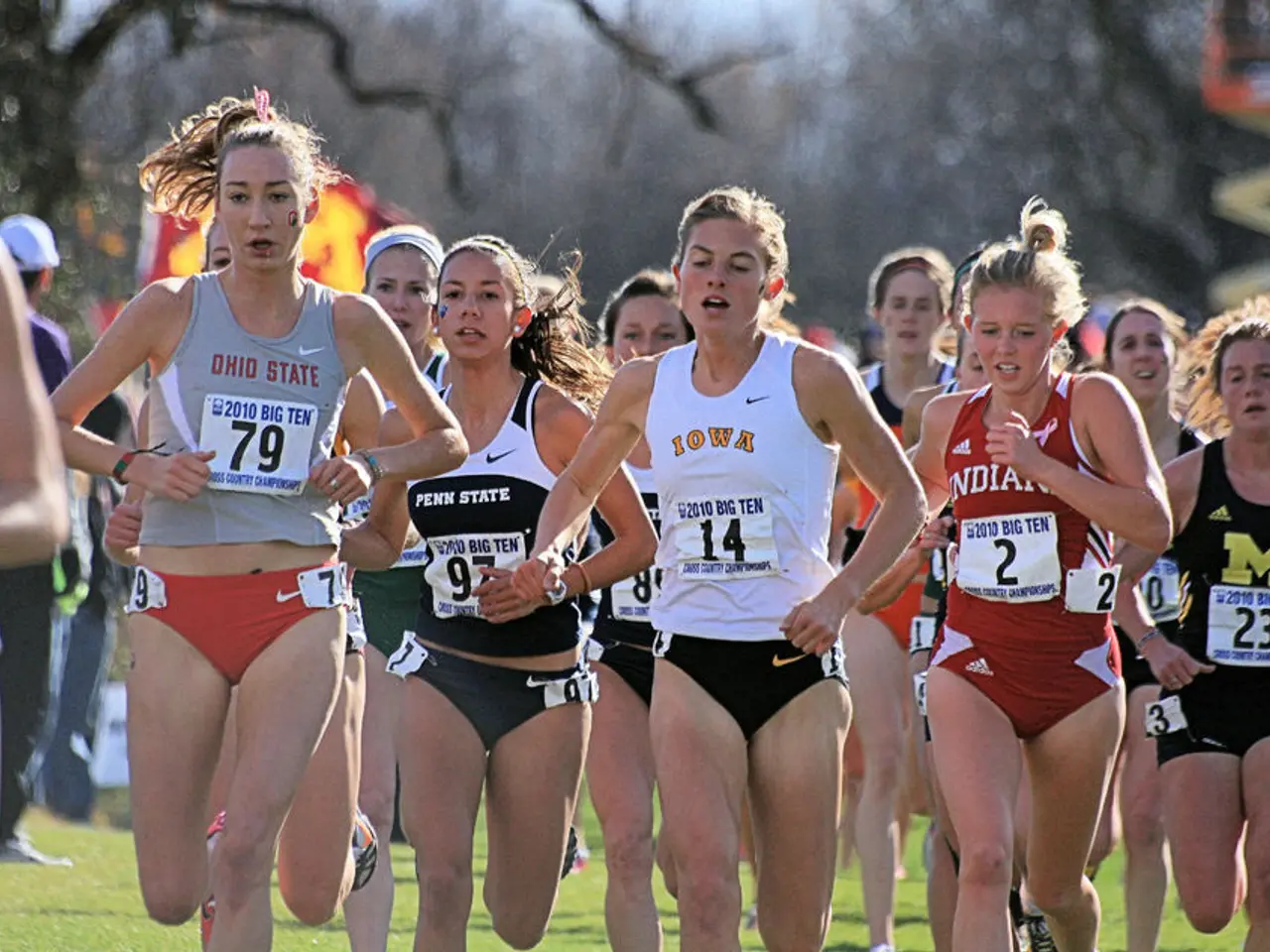Scientific Python Library: Grouping Data Through Clustering
In the realm of data science and machine learning, clustering is a fundamental technique used to group similar data points together. Two popular clustering algorithms available in Python's SciPy module are K-Means Clustering and Agglomerative Hierarchical Clustering.
K-Means Clustering is a partitional clustering algorithm that partitions data into a predefined number of clusters. The number of clusters is represented by the variable K, and the KMeans object is created in SciPy with this number provided. In each iteration, the mean of each cluster is calculated and used to update the centroid of that cluster until convergence or the maximum number of iterations is reached. Each cluster in K-Means Clustering is associated with a centroid, making it a centroid-based algorithm.
On the other hand, Agglomerative Hierarchical Clustering is a hierarchical clustering algorithm that builds a hierarchy of clusters by iteratively merging the closest pairs of clusters, starting from single points. Unlike K-Means, Agglomerative Hierarchical Clustering does not require specifying the number of clusters upfront; clusters can be chosen by cutting the dendrogram at the desired level. This algorithm follows the bottom-up approach, considering each data point as a single cluster at the beginning and then combining the closest pairs of clusters until all points are merged into one cluster or the dendrogram is cut.
The Hierarchical Clustering algorithm develops the hierarchy of clusters in the form of a tree, known as the dendrogram. Each merging event in the dendrogram represents a new cluster, creating a nested tree structure. Agglomerative Hierarchical clustering is flexible in terms of the linkage criteria used (single, complete, average linkage) and the distance measures (Euclidean or other).
While K-Means Clustering divides data into a fixed number of spherical groups by centroid optimization, Agglomerative Hierarchical Clustering creates a nested tree of clusters by progressively merging closest clusters based on chosen linkage and distance criteria.
SciPy's module predominantly supports hierarchical methods, with agglomerative clustering enabling exploration of cluster relationships via dendrograms. K-Means, however, is typically applied via scikit-learn in Python ecosystems. This distinction often guides practitioners to use K-Means for quick, flat clustering when the number of clusters is predetermined and to employ agglomerative hierarchical clustering when the data’s cluster structure is unknown or hierarchical relationships are important.
In summary, K-Means and Agglomerative Hierarchical Clustering are two essential clustering methods in data science and machine learning, each with its unique approach, assumptions, and output structure. Understanding these differences can help practitioners choose the most suitable method for their specific data analysis needs.
Technology in the realm of data-and-cloud-computing, such as Python's SciPy module, offers two popular clustering algorithms: K-Means Clustering and Agglomerative Hierarchical Clustering. Each of these algorithms is a testament to the advancements in technology, demonstrating the power and versatility of data science and machine learning.




